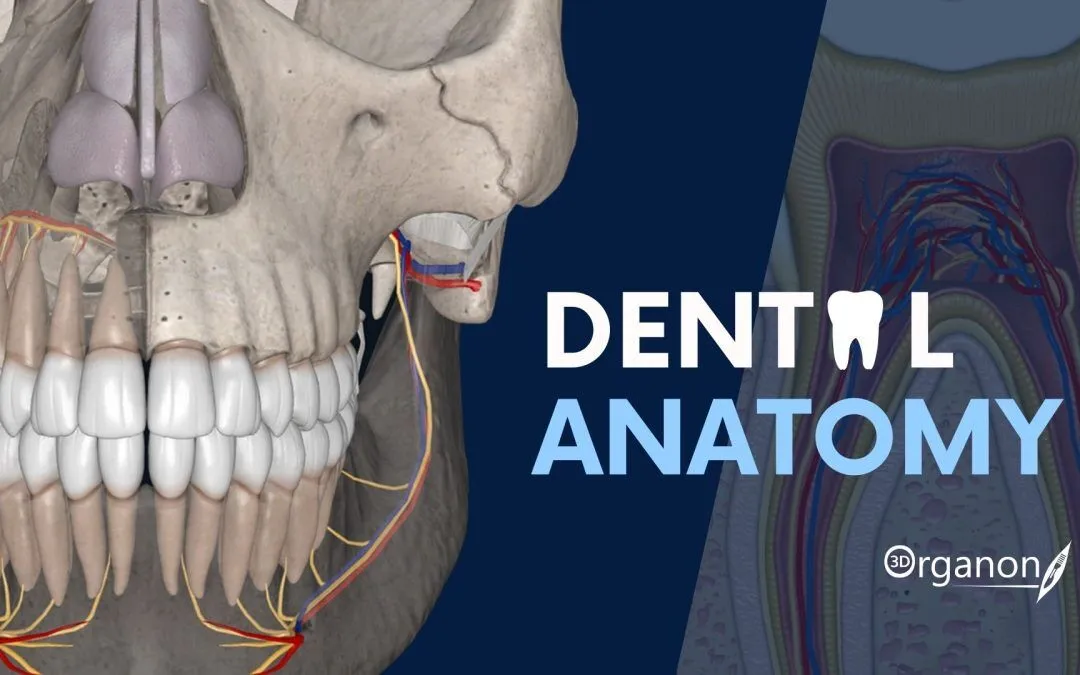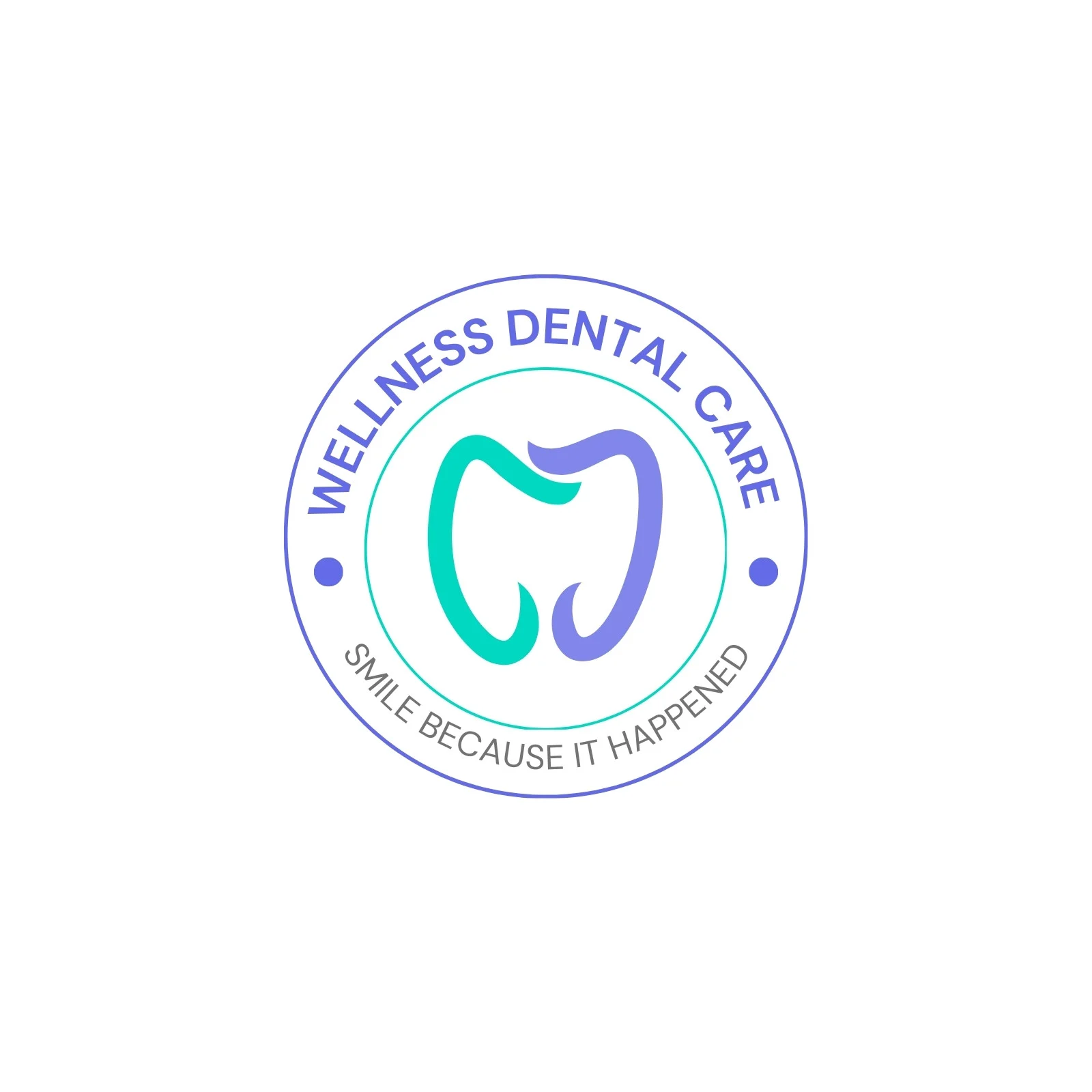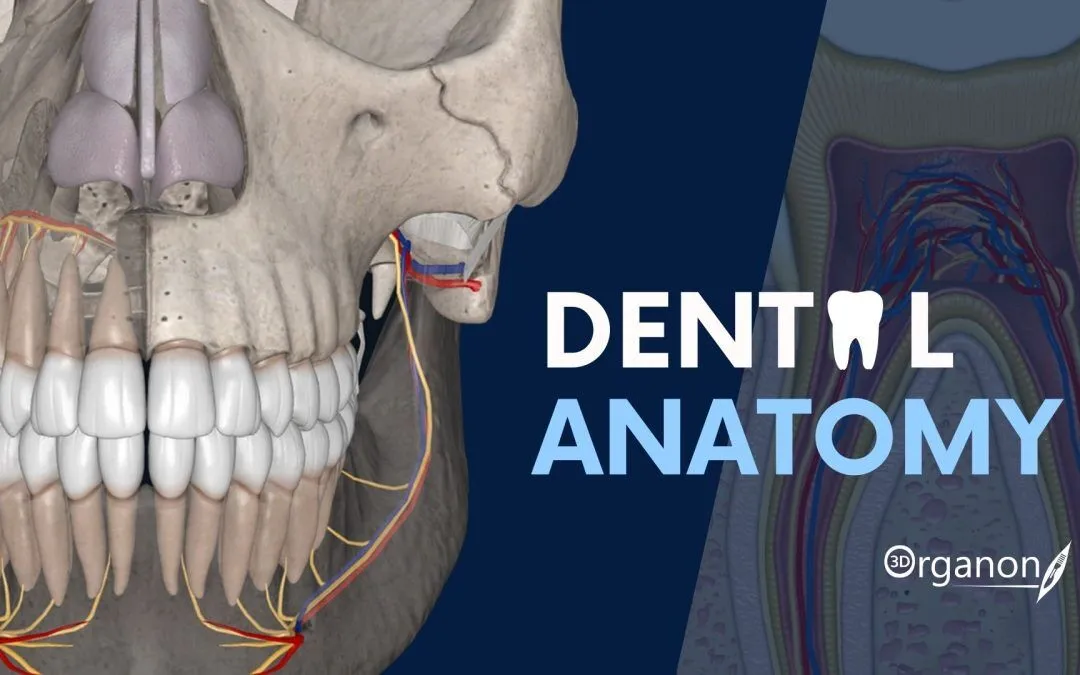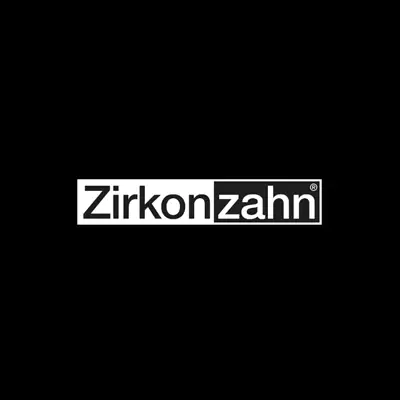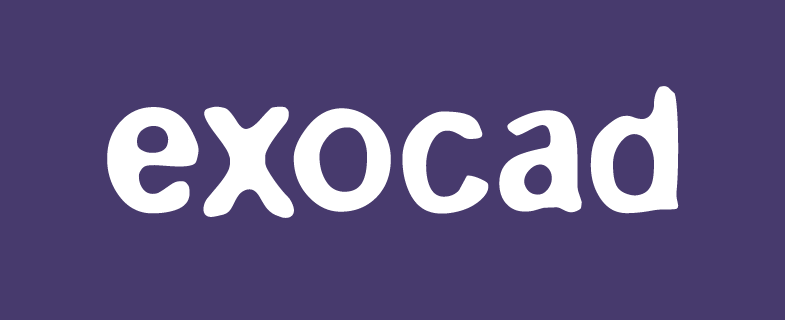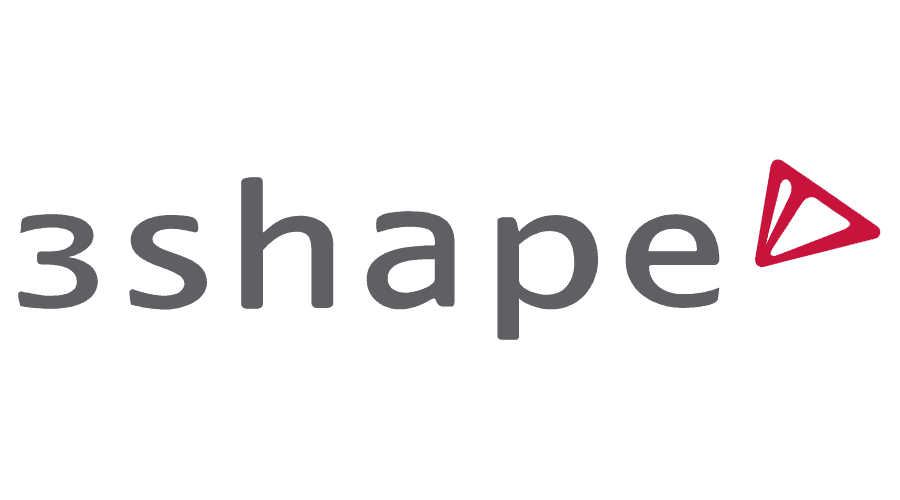Dental Anatomy VR (Free demo) — exploring tooth morphology in virtual reality
Context
Dental Anatomy VR (Free demo) is a cut-down version of a virtual reality teaching platform. It doesn’t try to replace textbooks or cadaver labs, but it gives students a chance to step inside a 3D model of the mouth and explore teeth from every angle. In the demo, users can rotate molars, zoom into fissures, and look at occlusion as if standing inside the jaw. Because the dataset is preloaded, there’s no setup with patient files — just put on the headset and start exploring. Dental schools often use it for orientation sessions, classroom demos, or workshops, where the main goal is to help students understand tooth shape and spatial relationships.
Technical Profile
| Area | Details |
| Platform | Windows with VR headset support (Oculus, HTC Vive, Windows Mixed Reality). |
| Dental focus | Visualization of tooth morphology, occlusion, and jaw structures. |
| Core modules | Prebuilt 3D anatomy models, VR navigation, zoom/rotation, labeling mode. |
| Interop | Standalone demo; not linked to PACS or EMR. |
| Imaging | Uses static 3D anatomy models, not clinical DICOM scans. |
| Security | No patient data — only teaching content. |
| Multisite | Runs in classrooms or labs with VR hardware. |
| Backup/DR | None required; uses fixed demo dataset. |
| Licensing | Free demo; full commercial edition adds more content and assessments. |
Scenarios (dental-specific)
– A first-year anatomy class runs the demo so students can explore basic tooth forms before moving to wax models.
– A VR lab in a dental school sets up several stations with headsets for group teaching on occlusion.
– A continuing education event uses the demo to showcase how VR can be applied in dental training.
Workflow (admin view)
1. Install the demo on a VR-ready Windows PC.
2. Connect a compatible headset (Oculus, Vive, etc.).
3. Load the default anatomy set included with the software.
4. Guide learners through navigation — rotation, zoom, labeling.
5. Use labeling mode to reinforce dental terminology.
6. For broader teaching modules, upgrade to the commercial edition.
Strengths / Weak Points
Strengths
– Free and easy way to introduce VR into dental education.
– Highly engaging for students, boosts 3D spatial understanding.
– Preconfigured dataset means no setup hassle.
– Good for teaching occlusion and tooth morphology.
Weak Points
– Demo is limited — no custom models or advanced modules.
– Needs VR-capable PC and headset.
– No link to real imaging systems.
– Far fewer features than the paid version.
Why It Matters
Tooth anatomy is traditionally taught with 2D drawings or stone models, but those can only go so far. Dental Anatomy VR (Free demo) adds an immersive layer, letting students literally walk around a molar or see occlusion as a dynamic 3D relationship. It’s not a clinical tool, yet as a teaching aid it helps students grasp forms and orientations more intuitively, making it a valuable free option for classrooms and workshops.

